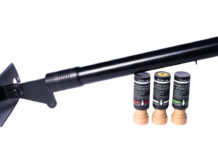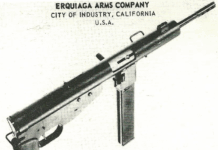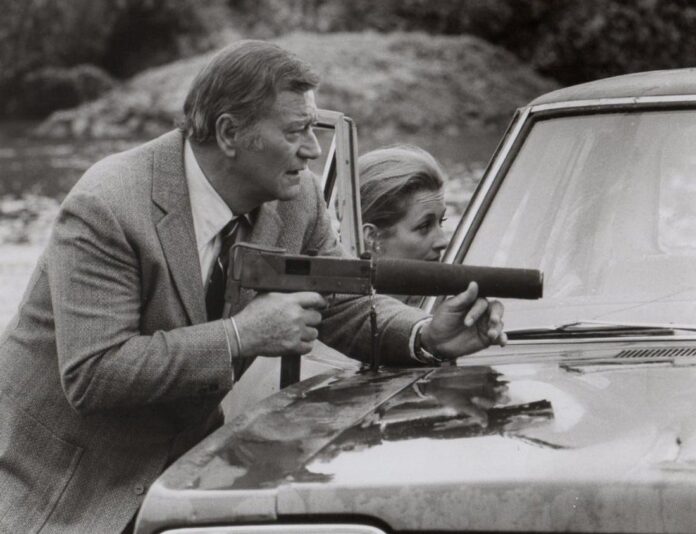
Gordon Ingram is often called the John Moses Browning of straight blowback submachine guns. That might be a slight exaggeration, but the man mastered the straight blowback, open-bolt, full-auto design at a very low price point with a simple design. Ingram did a little more than straight blowback SMGs, but those were his most successful designs.
Who Was Gordon Ingram?
Ingram was a California native who found a love of weapon design in the United States Army during World War II. After the war ended, Gordon Ingram jumped feet-first into the firearms development world. His name would become attached to the MAC series of submachine guns, but he designed quite a few guns. Let’s start with his most popular design and work our way through Mr. Ingram’s creations.
The MAC Daddy of Ingram Guns
Gordon Ingram’s most successful gun is the MAC series. He designed the original MAC-10 and followed it up with the MAC-11. The MAC-10 was a full-auto submachine gun that used a direct blowback system and an extremely simple operating system. The guns in the MAC series were cheap and easy to make, reliable, and portable for a submachine gun. The MAC-10 was the .45 ACP variant, and the MAC-11 was a micro .380 ACP variant.
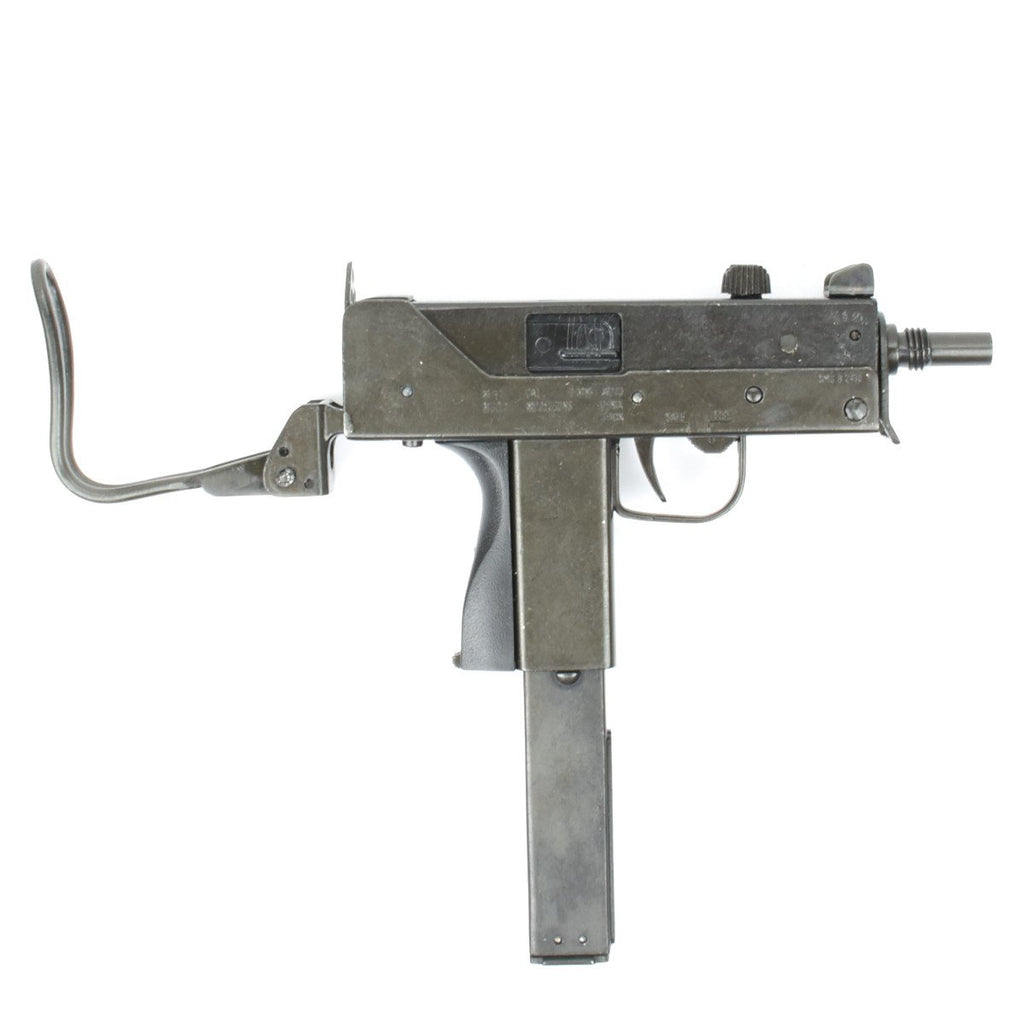
Outside of caliber and size, these guns were identical. They fired from the open bolt, fed from magazines locked into the magwell, and had simple folding stocks. They walked the line between SMG and machine pistol. Their compact nature made them niche tools. These SMGs were used by special operations forces and were the most popular civilian machine gun on the market. The MAC design has been sold over and over and is still produced in modern variations.
The Ingram Model 6, 7, 8, and 9
Prior to the MAC, the Ingram Model 6 was Ingram’s most successful gun. This was a more traditional submachine gun that was typical of the era. It featured a wood stock, pistol grip, and handguard. The Model 6 fired from an open bolt and chambered either 9mm, .45 ACP, or .38 Super. The Ingram Models 7, 8, and 9 were all Model 6 derivatives.

The Model 7 used a closed bolt. An improved version of the Model 6 became the Model 8. The Model 9 was a Model 8 with a detachable stock. These were all straight blowback submachine guns with eight-inch barrels and an overall length of 28.5 inches.
The Model 6 was adopted by numerous American police forces, the Cuban Navy, and the Peruvian Army.
The Ingram Model 5
After returning from World War II, Ingram designed the Model 5. He chose Model 5 to differentiate it from the M1, M2, and M3 already in use and expected an M4 to join the ranks. He was right…but that would be decades later. The M5 was an incredibly simple gun.
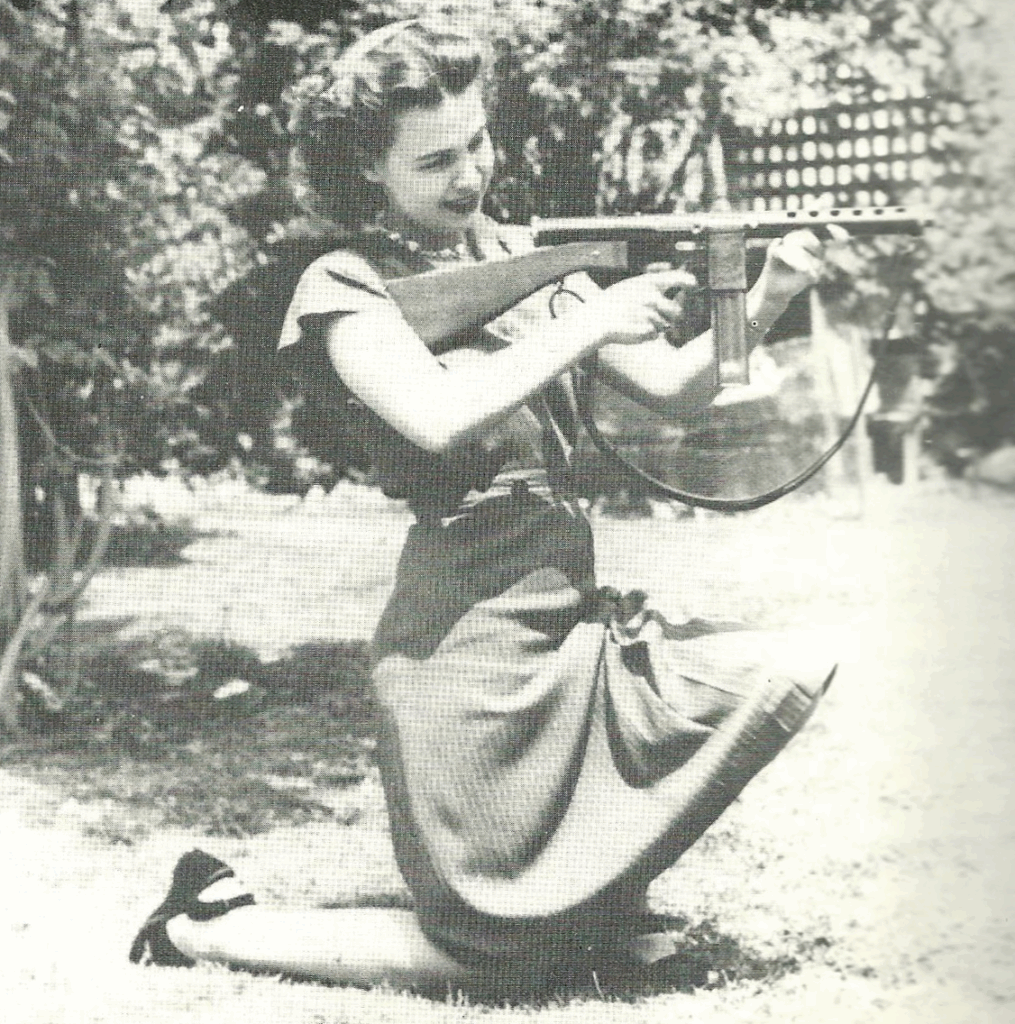
It was an open-bolt, direct blowback .45 ACP SMG with three moving parts: the trigger, bolt, and sear. The Model 5 was never adopted, and Ingram abandoned the design. It does seem like he was trying to challenge the Grease Gun or the STEN gun from World War II.
Ingram FBM
The Ingram FBM was an assault rifle designed by Gordon Ingram for the Bolivian military in the 1990s. The FBM was a gas-operated, rotating-bolt assault rifle that fired either the 5.56 or 7.62x39mm round. The general idea behind the assault rifle was to produce an extremely affordable platform that was easy to manufacture.
The FBM draws inspiration from the Galil and Stoner 63. It doesn’t seem to have been adopted, and finding a single photo or much information about the gun is difficult. It existed, and Ingram designed it, but we don’t know much else.
Ingram SAM Series
Ingram didn’t just design cheap sheet metal SMGs and assault rifles. He did design some more traditional wood-stocked rifles that used the famed short-recoil operation of the M1 Carbine. The SAM series of rifles used the M1 Carbine design but upped it to 5.56, 7.62×39, and 7.62 NATO.

The gun used STANAG mags for 5.56, AK mags for 7.62×39, and M14 mags for 7.62 NATO options. These never made it far past prototypes, but they appear to be very handsome rifles. Ruger must have beaten him to the market with the Mini-14.
Ingram Durango Series
Another prototype series from Ingram is the Durango series of rifles. These were pistol-caliber carbines that varied wildly. There is a bullpup .44 Magnum model that used Desert Eagle magazines, then we had more traditional 9mm and .45 ACP rifles. The 9mm used Beretta mags, and the .45 ACP variant used 1911 magazines.

These were all basic straight blowback guns. That works fine with 9mm and .45 ACP, but how the heck would the .44 Magnum be practical as a blowback-operated gun? Maybe the .44 Magnum uses a different operating system? It’s unclear, but the only prototype was sold at an RIA auction a few years back. Maybe we can figure out exactly how these guns worked?
And More!
These aren’t the only gun designs of Mr. Ingram. He had the Model 20, which was reportedly a light machine gun. Why isn’t it featured here? I literally know nothing besides it was a light machine gun, and I can’t find anything else about this gun. I’m sure there are designs and prototypes lost to time. Mr. Ingram was a prolific firearms designer, and while he’s most known for the MAC series, he designed a pile of different guns.


